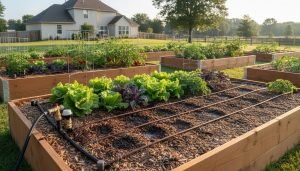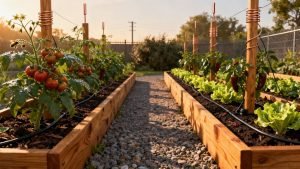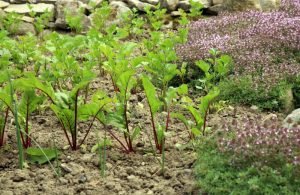Last Updated on October 30, 2025 by teamobn
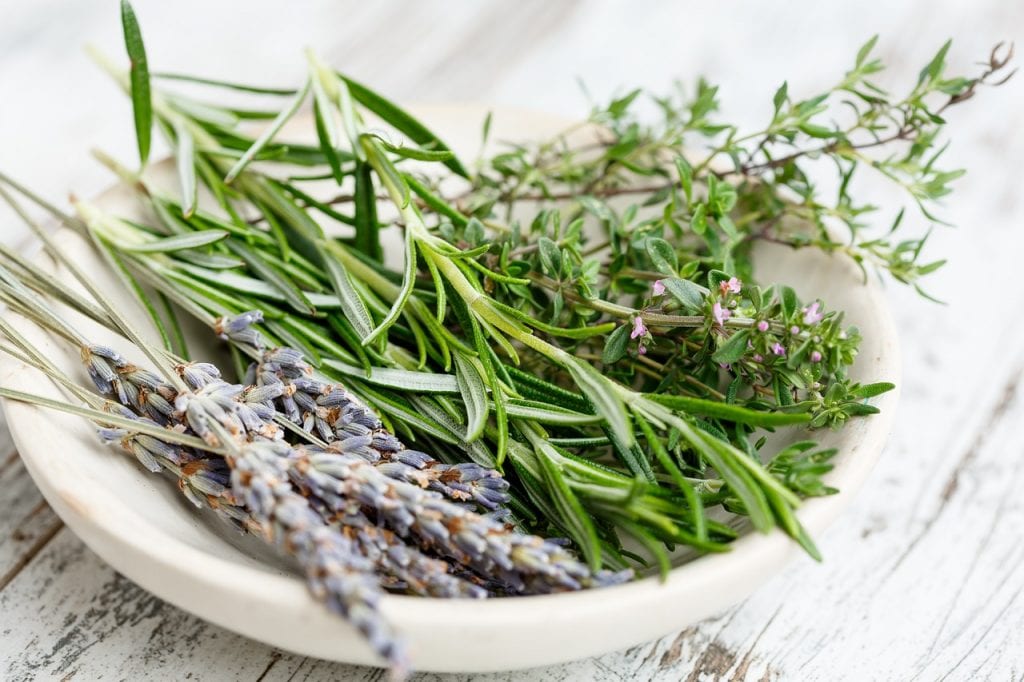
Herbs have several uses – you can use them when cooking, as medicine, as part of your beauty regimen, and many more. If you find yourself buying herbs often, it’s time to start your own herb garden. You’ll get easy access to them the whole year.
The good news is, you don’t necessarily need to have a
lot of space to start an herb garden. Herbs can grow in small pots and window
boxes. But if you’re dreaming of a lush array of green herbs when you step out
into your backyard, don’t come ill-prepared. It’s best to do your research
before jumping in.
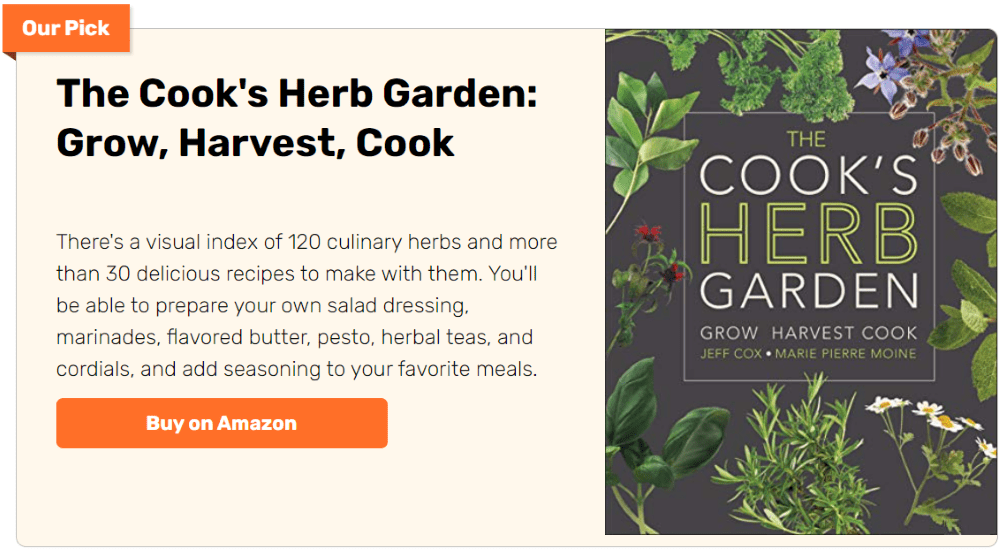
Starting a Herb Garden
Contents
Here are a few tips and tricks that’ll help you as you grow your own herb garden.
Choose your herbs
Start by matching your herb list to your cooking and daily habits. The right choices keep care simple and make every harvest useful.
Match Herbs to Your Kitchen
Start with what you actually cook. Look at a week of meals and list the herbs you grab most. If pasta and roasts are on repeat, basil, oregano, parsley, and rosemary will earn their keep. Cook a lot of stir‑fries and noodle bowls.
Grow cilantro, Thai basil, lemongrass, and chives. Bakers and tea lovers should add mint and lemon balm for syrups, desserts, and infusions. Keep it tight at first.
Pick five core herbs and learn their watering and pinching rhythms. You can add niche flavors like tarragon or shiso once the basics feel easy.
Check Sun, Heat, and Humidity
Most culinary herbs want 6 to 8 hours of direct light. South or west exposure suits basil, rosemary, thyme, and oregano. Afternoon shade helps cilantro, dill, and parsley stay tender and slow to bolt.
Hot climates benefit from shade cloth during peak heat. Humid areas favor lemongrass and mint, but you’ll still want airflow to prevent mildew. Space pots so leaves don’t touch. A small fan on low or a breezy spot keeps foliage dry. Water early in the day and avoid soaking leaves in warm, still weather.
Plan for Space and Growth Habit
Map size before you buy. Rosemary and lemongrass grow large and will crowd smaller plants. Give them corners or their own containers. Thyme and oregano creep and fill gaps, which is perfect for edges and between stepping stones.
Chives and parsley stay compact and work along paths or near the kitchen door. Trailing thyme and oregano shine in window boxes and hanging baskets. Keep tall herbs at the back of beds so they don’t shade sun lovers. If you’re tight on space, harvest often to hold plants in check.
Flavor Families and Cuisine Pairing
Group herbs by how you cook. Italian pairs thrive together. Plant basil, oregano, thyme, and parsley near each other for quick harvests. Mediterranean beds love heat and drainage, so match rosemary, sage, and lavender with gritty soil and bright sun.
For Southeast Asian flavors, combine cilantro, Thai basil, lemongrass, and mint near a water source. Mexican cooking leans on cilantro, oregano, and epazote if it’s available in your area. Tea blends are easy too. Grow chamomile, lemon balm, mint, and lavender in one “tea row” so you can cut a fresh mix in seconds.
Maintenance Level and Time Budget
Be honest about your schedule. If you’re busy, choose resilient herbs like thyme, sage, oregano, chives, and rosemary. They handle brief dry spells and light pruning. Basil and cilantro need more hands‑on care. Basil wants regular pinching to stay bushy.
Cilantro benefits from frequent sowings to replace bolting plants. Plan a simple routine. Water, quick pinch, and a weekly check for pests. Use a mild organic feed every few weeks during active growth. If a plant demands more time than you can give, swap it for a tougher cousin next season.
Container or Bed Considerations
Containers offer control and portability. You can chase sun, move plants during storms, and tailor soil to each herb. Pick pots with wide mouths and real drainage holes. Use a light mix for pots.
Try two parts high‑quality potting mix, one part compost, and one part perlite or grit for drainage. Raised or ground beds give roots room and hold moisture better in summer. Mediterranean herbs prefer lean, well‑drained soil. Thirsty herbs like parsley and mint enjoy richer mixes and steadier water.
Group plants by watering needs so you don’t overwater dry‑loving herbs while trying to keep moisture-loving herbs happy. Self‑watering containers help if you travel or forget a day. Mobile caddies let you rotate pots to balance light and heat across the season.
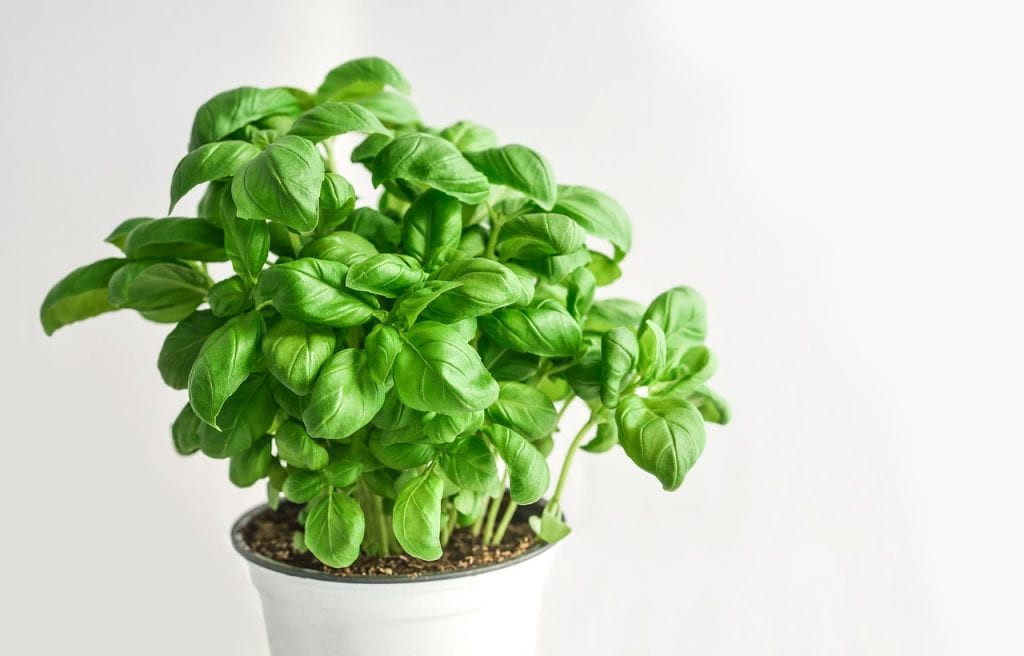
Consider your location
As soon as you know which herbs you want in your garden, take the time to research regarding their needs. It’s important that you provide your herbs with the right growing conditions. A lot of herbs thrive in well-drained soil, even on gravelly ones, as long as they get ample sun. On one hand, some herbs require shady and moist areas.
Here are some examples:
- Herbs for gravelly soil: Thyme, Sage, Rosemary, Oregano, Lavender
- Herbs for moist areas: Watercress, Mint, Lemon Balm, Bergamot
- Herbs for partial or high shade: Parsley, Mint, Lemon Balm, Chives, Chervil
- Herbs for sun: Thyme, Rosemary, Oregano, Lavender, Fennel, Dill, Cilantro, Chamomile, Basil
Take a Professional Course to Become a Master Herbalist
Serious about herbs? A structured program gives you science‑based knowledge and hands‑on skills you won’t get from random tips. You’ll study plant identification, botany fundamentals, soil health, and ethical harvesting. You also learn safe use, common contraindications, and how to preserve potency in teas, tinctures, and oils.
Expect clear modules, guided practice, and real feedback. Good programs include case studies, formulation labs, and garden design projects. You’ll build a reference library, keep clinical‑style notes, and create harvesting calendars. Many courses add business basics so you can teach, consult, or sell products with confidence.
This path fits dedicated home gardeners, homesteaders, and wellness pros who want mastery. You’ll grow healthier plants, make better remedies, and care for your family or clients with skill. Ready to level up. Sign up for the master herbalist course today!
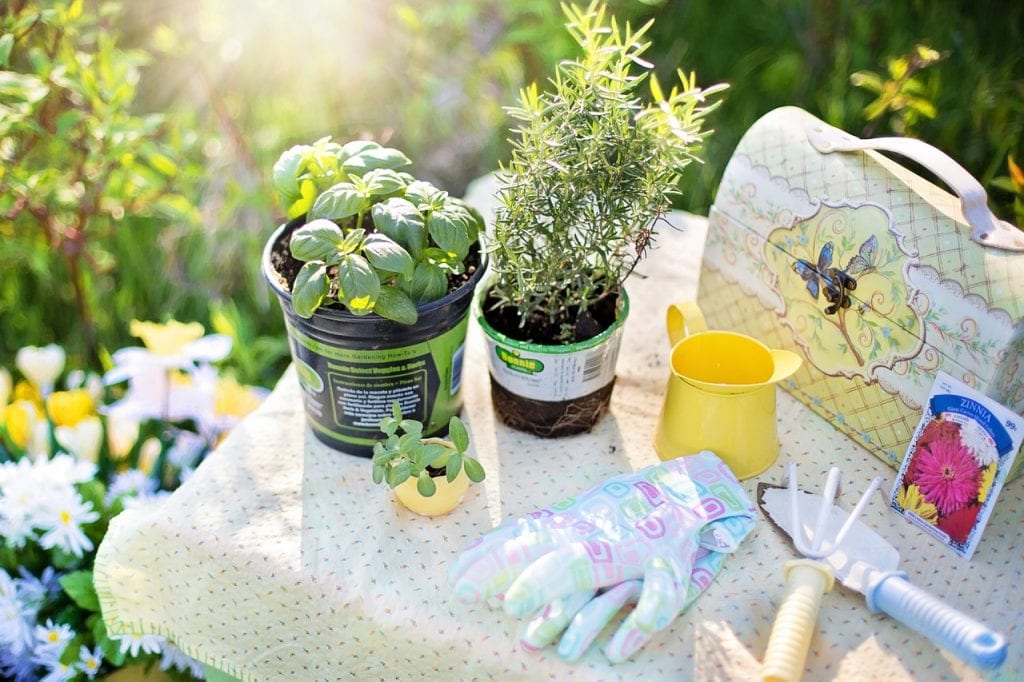
Preparation is key
Preparation is the part that saves you time, money, and plant losses. Set up tools, soil, and water plans now so planting day stays simple.
Assemble Your Core Tools
Keep a hand trowel, fork, and sharp pruners within reach. Add gardening gloves, a watering can with a rose, and a small bucket for compost or mulch. A measuring scoop for fertilizer and pH test strips help you dial in care.
Most culinary herbs prefer a pH near 6.0 to 7.0. Disinfect pruners after sick plants to stop spread. Store everything in a tote or belt so you’re not walking back and forth during peak heat.
Choose Containers or Beds Wisely
Pick pots with real drainage holes. Terracotta breathes and suits dry‑loving herbs like rosemary and thyme. Plastic holds moisture longer for parsley and mint. Aim for 8 to 10 inches wide for basil and cilantro, and deeper pots for lemongrass and rosemary.
Use sturdy saucers indoors and check balcony weight limits before you group heavy containers. Raised beds or mounded rows improve drainage outdoors and keep roots warmer in spring.
Build the Right Potting Mix
Herbs in containers need a light, well‑drained mix. Blend two parts quality potting mix with one part perlite or horticultural grit. Add one part finished compost for steady nutrition. Keep Mediterranean herbs on the lean side to concentrate flavor. A
void shovel‑dug garden soil in pots since it compacts and starves roots of air. Pre‑moisten dry mix so it accepts water evenly and doesn’t repel the first soak.
Plan Drainage Before Planting
Check that every pot drains freely. Cover holes with a square of mesh to keep mix in place without blocking flow. Lift containers on pot feet so bases don’t sit in puddles. Skip rocks at the bottom of pots since they slow drainage and create perched water. In the ground, shape gentle slopes or raised rows so water moves off after rain and keep crowns slightly above grade.
Group by Watering Needs
Put moisture lovers like mint, parsley, and chives together. Keep rosemary, thyme, oregano, and sage in a drier zone. This hydrozone setup prevents overwatering one group while conserving water for another. Use self‑watering planters for thirsty herbs if you travel often. Keep mint in its own pot since it spreads fast and steals space from slower growers.
Test and Amend Garden Soil
Do a quick squeeze test to check texture. Soil that forms a tight ball needs loosening with compost and grit for airflow and drainage. If water lingers after a deep soak, raise bed height and add coarse sand or small gravel for structure. Aim for a near‑neutral pH for most culinary herbs. Improve heavy clay with repeated compost additions rather than dumping too much sand at once.
Clean and Stage Your Containers
Wash used pots with warm soapy water or a mild vinegar solution. Rinse well and let them dry in the sun to reduce lingering pathogens. Check rims and feet for cracks that can worsen under load. Stage empty pots in their final spots before filling so you’re not moving heavy containers later. Leave space between pots for airflow and easy access with a watering can.
Map Sun, Wind, and Access
Watch light across a full day and note hot spots near walls or paving. Put heat lovers in the brightest area and save afternoon shade for cilantro and parsley. Shield delicate herbs from harsh winds with a fence, shrub, or trellis. Avoid rain shadows under deep eaves where containers dry out too fast. Keep everyday cutters near your kitchen door so you’ll harvest more and waste less.
Planting time!
There are herbs that are best grown from seeds or seedlings while others are best purchased grown. If you want to plant from seeds, the best herbs are Lemon Balm, Dill, and Basil. Rosemary, Mint, French Tarragon, and Lemon Verbena are quite difficult to grow from seeds.
When all is said and done, remember to treat your herb garden right. It won’t flourish by itself so shower it with tender loving care. Make sure that the plants get enough sun and water. Take note of the temperature, too. Check on how dry the soil is and water as needed.
To get you started, check out our guide on the 7 best indoor herbs you can grow!

